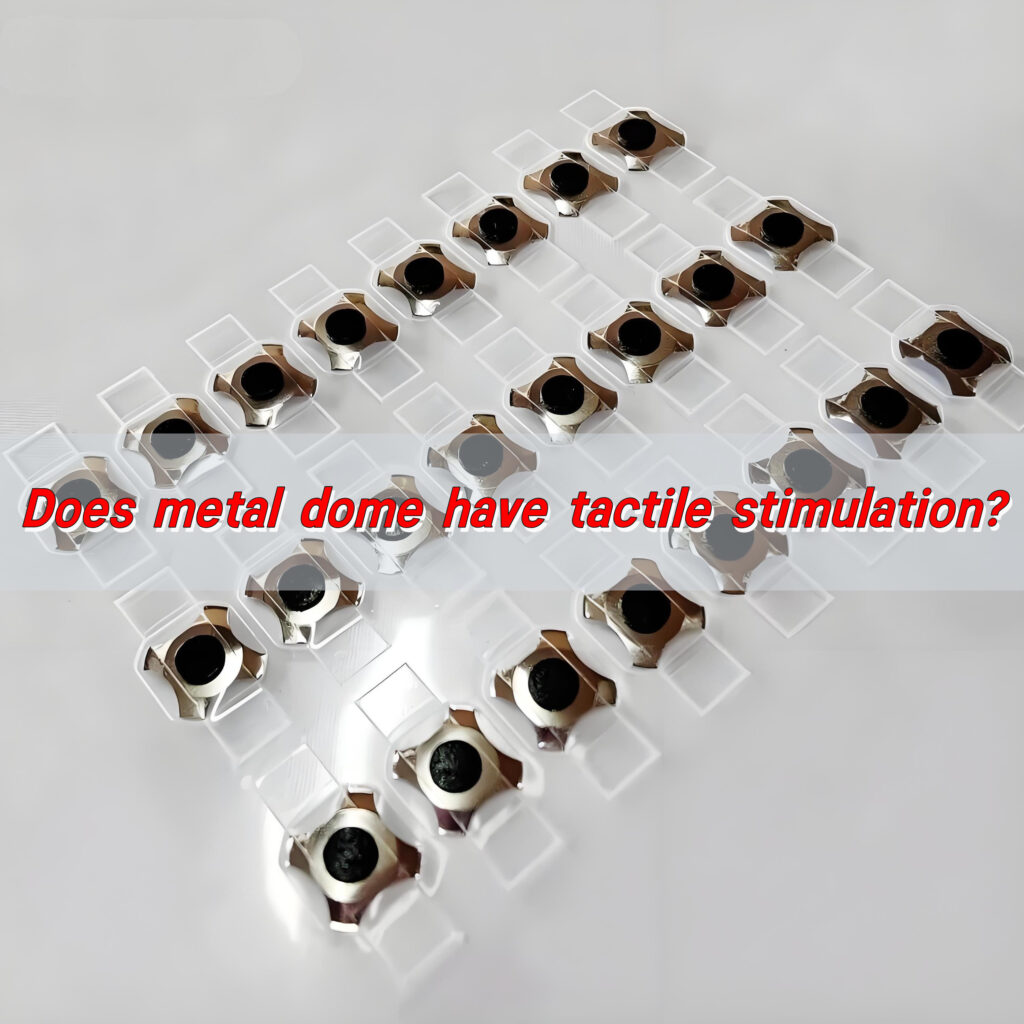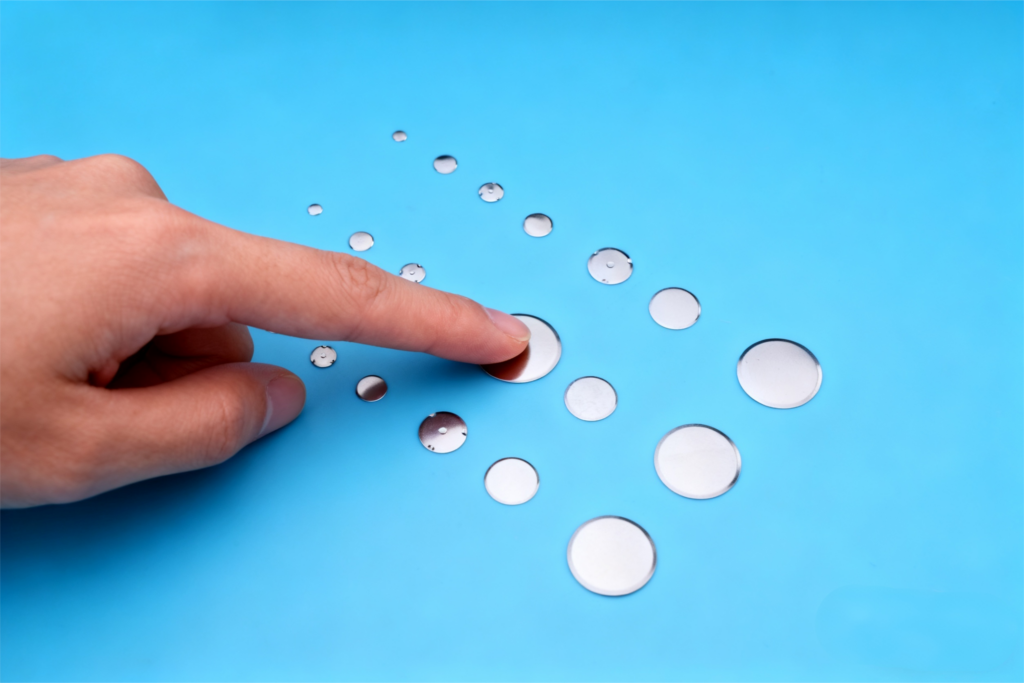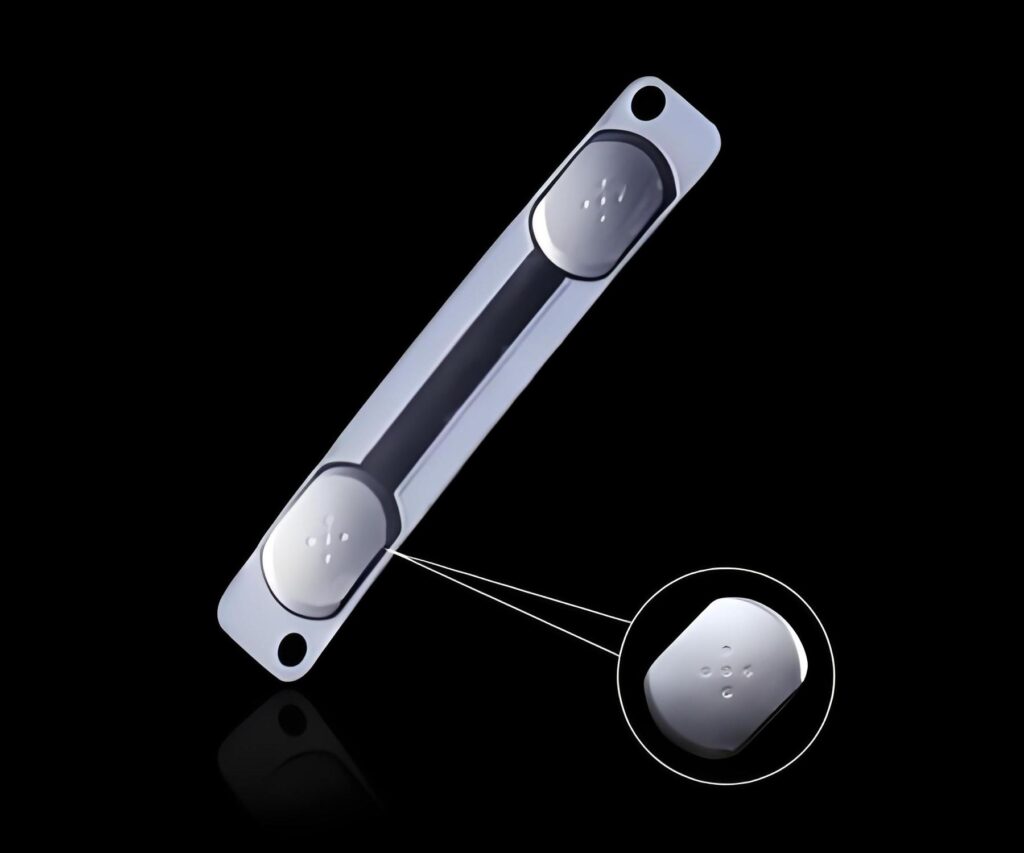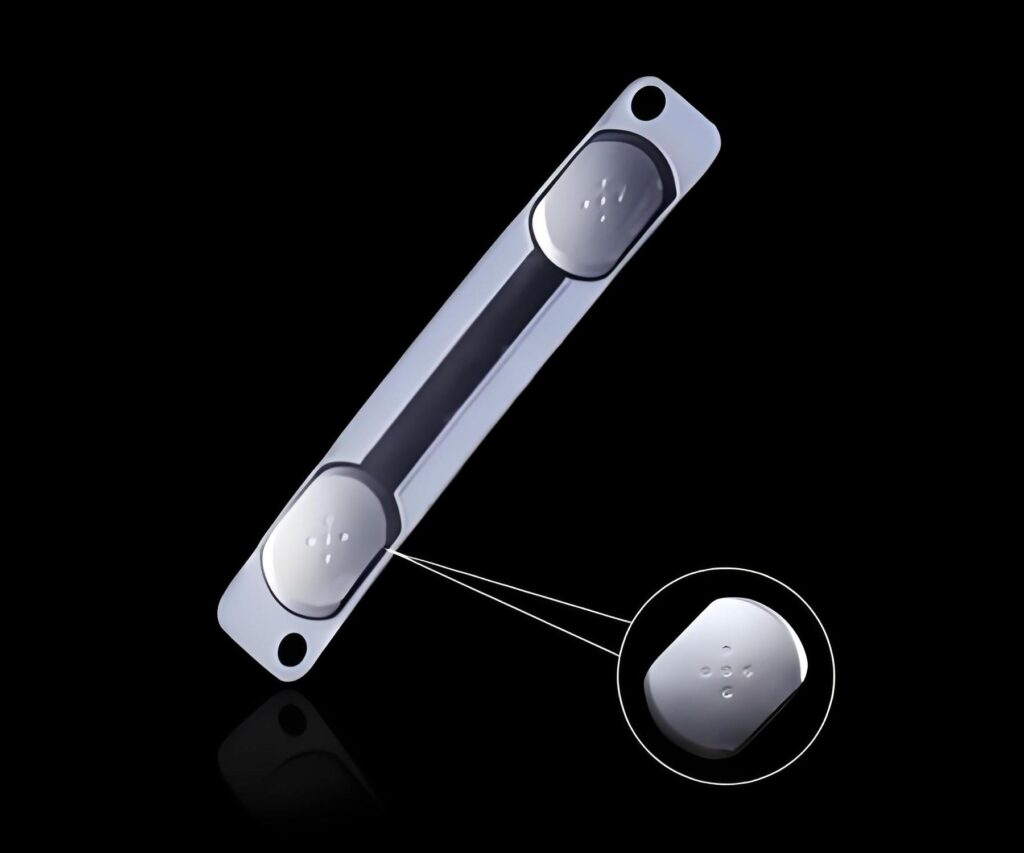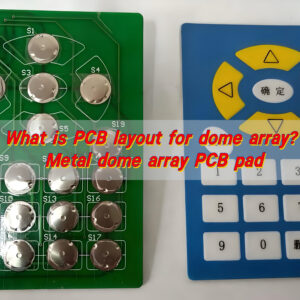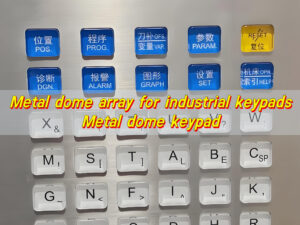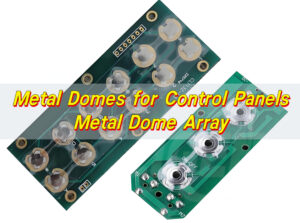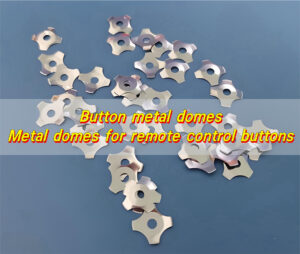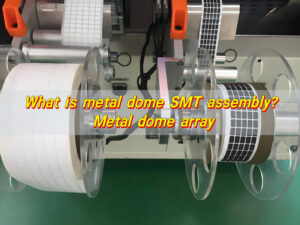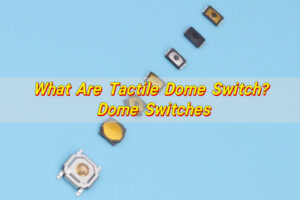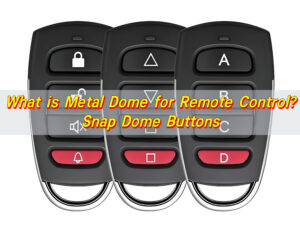Yes, metal domes provide tactile stimulation. When pressed, they collapse and quickly snap back, creating a sharp “click” that users can feel and hear. This feedback confirms a successful press, making metal domes ideal for reliable, responsive switch applications.
What is tactile stimulation?
Tactile stimulation refers to the physical feedback a person senses when touching or pressing something. It’s a direct connection between human touch and mechanical movement. When you press a button and feel a click, that’s tactile stimulation. It gives confirmation that an action has been registered.
In electronics, tactile stimulation plays a big role in design. Whether it’s a keyboard, remote, or control panel, users expect to feel something when they press a button. Without it, interactions feel uncertain and less satisfying.
Tactile stimulation is often described as “touch-based feedback.” It enhances confidence during operation. When a switch responds with a clear snap, users instinctively know the command has gone through.
What are the benefits of tactile stimulation?
Tactile stimulation offers more than just a physical sensation. It connects people to technology in a natural and intuitive way. They don’t need to double-check whether a command was received. That saves time and reduces frustration.
Another benefit is enhanced usability. Devices that respond physically are easier to operate, especially in low-light or high-noise environments. Clear tactile feedback keeps operations smooth even without visual cues.
Products with strong tactile feedback are often seen as premium, reliable, and precise. A well-designed dome switch, for instance, gives a crisp click that signals quality workmanship.
Lastly, tactile stimulation improves speed and accuracy. Because the user can feel each activation, there’s less chance of overpressing or missed inputs.
Can metal dome provide tactile stimulation?
Yes, metal domes are known for their excellent tactile stimulation. They’re small, precision-shaped discs made from stainless steel, designed to flex when pressed. Once released, they instantly return to their original shape with a sharp snap.
Metal domes are often used in devices where clear feedback is essential. From handheld controllers to medical instruments, they create a consistent and recognizable click. This click sensation assures the user that the switch has been activated successfully.
Compared to other tactile components, metal domes offer higher sensitivity and longer lifespan. Their structure is simple yet durable. Each dome is engineered with exact force and travel distance to match user expectations.
What’s more, metal domes can be customized to different force levels. Lighter domes suit delicate touch devices, while stronger domes are perfect for rugged applications.
Can metal dome tactile stimulation improve user feel?
Absolutely. The tactile feedback from metal domes plays a huge role in how users “feel” about a product. That sharp, responsive snap gives immediate confirmation that an input has been received. It adds confidence to every press.
In professional applications, this matters even more. For example, surgeons using medical devices need precise, predictable feedback. So do pilots, engineers, and machine operators. In each case, tactile stimulation from metal domes improves operational accuracy and satisfaction.
Metal dome tactile stimulation directly improves user feel. It blends mechanical precision with human touch to create a more natural interaction.
What affects tactile stimulation in metal domes?
Several factors shape the tactile quality of a metal dome. The most influential include dome shape, material thickness, force, and travel distance.
- Dome shape: Common types include four-leg, triangle, and round domes. Each provides a slightly different tactile sensation. Four-leg domes, for example, offer a balanced, sharp snap. Round domes feel smoother but softer.
- Material thickness: Thicker domes need more force to press, giving stronger feedback. Thinner domes feel lighter and more responsive.
- Actuation force: The amount of pressure needed to collapse the dome affects tactile feel. Domes can range from 100g to 600g in actuation force, depending on design.
- Travel distance: This is the movement from the top to the contact point. Shorter travel offers faster response; longer travel gives a deeper click feel.
- Dome size: Larger domes generally provide a more noticeable tactile click. Smaller domes are compact but feel sharper.
Even small adjustments to these parameters can change the overall tactile stimulation. That’s why dome selection must match both functional and ergonomic goals.
Environmental factors also play a role. Humidity, temperature, and contamination can influence how metal domes perform over time. However, high-quality domes are designed to resist these conditions and maintain stable performance.
At the heart of tactile stimulation lies precision engineering. Every metal dome must be made with tight tolerances to deliver consistent response across millions of cycles.
What’s the difference between dome switch vs membrane switch in tactile feedback?
The main difference lies in how each produces tactile feedback. A dome switch—especially a metal dome—uses a mechanical snap. When pressed, the dome flexes, makes contact, and springs back. The user feels a distinct click.
A membrane switch, on the other hand, often lacks strong tactile response. It’s made from flexible layers of polyester or rubber. When pressed, the layers make contact quietly, with little or no snap. The sensation is softer and less defined.
For applications where precise feedback is important, dome switches are preferred. Users appreciate the audible and physical click, especially when fast, accurate input is required. Membrane switches, however, are more suitable for sealed environments where simplicity and protection matter more than feedback strength.
Ultimately, the choice depends on priorities. If the goal is tactile stimulation and a professional feel, metal domes lead the way.
How does a metal dome switch create tactile feedback?
The working principle of a metal dome switch is elegantly simple. Each dome acts as both an actuator and a contact. When you press it, the dome collapses, completing the circuit beneath. As soon as the pressure is released, it springs back to its original shape with a click.
This physical deformation and recovery generate tactile feedback. The “snap” sound and feeling come from the rapid movement of the metal returning to position. That instant release gives users both an audible and tactile signal of activation.
Metal domes are usually mounted on a dome switch PCB or flexible circuit layer. Below the dome lies a contact pad. When the dome collapses, it bridges the pad, sending the signal. Once released, the circuit opens again.
The tactile force and click ratio depend on dome geometry. BEST Technology carefully designs the curve, diameter, and thickness of the dome to achieve the desired response. For example, a snap dome switch for medical equipment might use a moderate actuation force for comfort. A military control might use a stiffer dome for safety and accuracy.
High-quality stainless steel ensures the dome can flex millions of times without losing shape. This resilience keeps the tactile response consistent even after years of use.
How does a tactile dome switch improve user experience?
Tactile dome switches enhance user experience on several levels—physical, emotional, and operational. The first thing users notice is the responsive click. It feels satisfying, confirming every action immediately.
In design terms, tactile stimulation is more than comfort—it’s communication. Each click tells the user, “Your input worked.” That short exchange builds trust between human and machine. Over time, this reliability improves confidence and reduces errors.
The clean, tactile click suggests precision. Whether in a dome switch keyboard, control panel, or handheld device, the experience feels deliberate and premium.
Visually impaired users benefit, too. Since tactile feedback doesn’t rely on sight, it enhances accessibility.
Tactile dome switch, therefore, improves user experience by combining feedback, reliability, and satisfaction in one simple mechanism.
Conclusion:
Metal domes provide precise tactile stimulation. They respond with a sharp, recognizable click that confirms every press. This tactile response builds confidence, improves control, and adds emotional satisfaction to the user experience. Compared to membrane switches, metal dome switches deliver stronger feedback and higher reliability.
If you want to explore more about metal dome tactile stimulation, or need custom tactile dome switch solutions, contact us at sales@metal-domes.com


